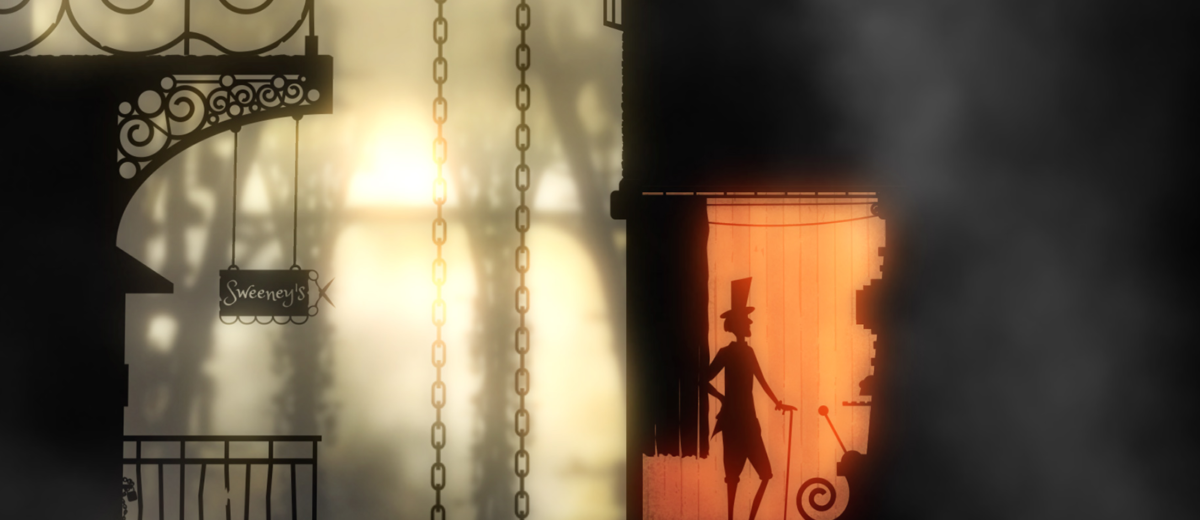Earlier last month, I had the pleasure of talking with Moonburnt Studio on their first Kickstarter venture, called Columnae: A Past Under Construction. The point-and-click adventure game boasts an interesting non-linear approach to storytelling, where choices made in the future determine what type of past was lead, and vice versa. I spoke with the co-founder of Moonburnt Studio, Jovan Vesić, about their upcoming title and if Kickstarted, what players will expect from Columnae.
Sheldon: So how was Moonburnt Studio founded? When was the point where you guys decided, “we need to do this project”?
Jovan: Around three years ago, summer of 2013, we wanted to apply for an artist residency called “MultiMadeira,” a really good artist residency on the Portuguese island of Madeira. It’s self-sustained, so it’s not sponsored and stuff like that. We’re really into “do it yourself” sort of stuff. It’s also a good artist residency with some really different stuff. We were the only game developers there, so it was not focused on game development, but they were happy to have us. So we wanted to apply to this artist residency and came up with this idea for a game that we’d develop in one month. We wanted to get the alpha build done within one month of starting there and get the Kickstarter started after that. During our talks about it, we realized we had ideas for a much larger game, so what we ended up with after this month, we started working on a game. At the time we were making our own game in Python. But what we had was a short teaser, a video teaser. And after that, we began working on this expanded game that has become Columnae. So that’s how we started.
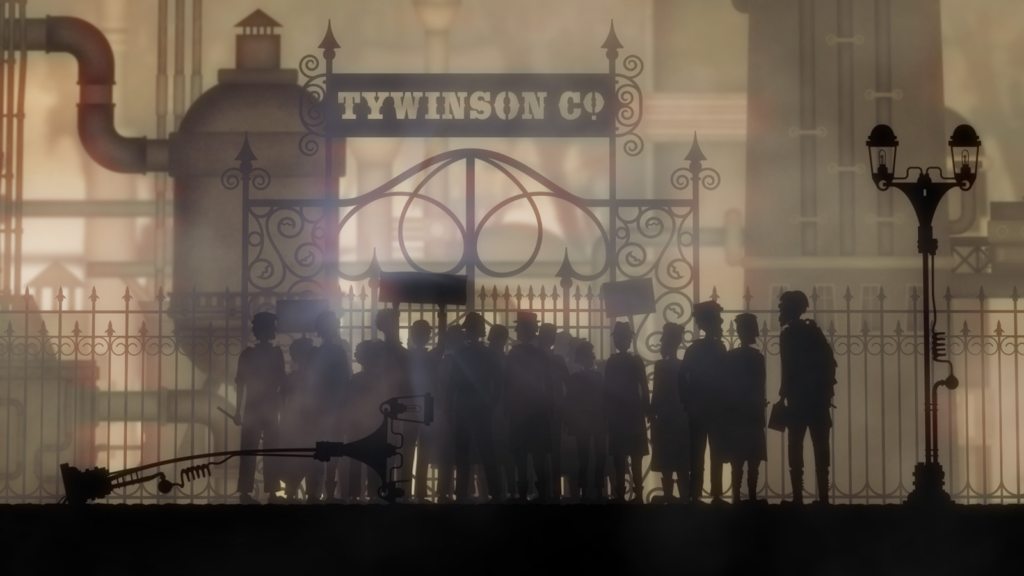
S: So what was the inspiration for Columnae? Was there any specific work, or did it just sorta come to you?
J: Well we were talking about what kind of game we wanted to make. When we started, there were not three of us starting out as it is now. There was my good friend, Ivan, who later found a job and had to leave us. But he’s with us in encouragement. But we talked about what game we wanted to make, and both of us liked all old point-and-click adventures. And also, about visual style, we were thinking about something that wouldn’t be, well, hard. But something we could do with only one artist and at the same time, not to make the game small. So that’s when we called Jelena, who is working all the artwork for Columnae. And that’s when we came up with the idea. At the beginning it was more simple, more flat, more akin to games like Limbo. But as the game progressed, we decided to add more depth. And when I say depth, I mean in more of a 3D way. Basically, our game is what most would call a 2.5D, but it’s actually made in 3D. We have 2D sprites in 3D world, and we also have some 3D objects.
S: So it’s like 2.75D?
J: *laughs* yea, exactly, and approaching 2.8. So our visual style actually evolved a lot in two years. We actually just posted update about how our visual style evolved the other day on our Kickstarter, so you can see some examples of before and after. So it was only like, one year ago or something like that, that it was good enough to be published online, and then we did. We made it to the Internet! One of the first feedbacks we received online was that it looked like Limbo, and we were fine with that, although I don’t think it’s really a look alike, other than the silhouettes. But, okay. But the other thing that really surprised us was the mention of this film, “The Mysterious Explorations of Jasper Morello.” It’s I think an Oscar nominated film from 2001, or something like that, by Anthony Lucas. And it’s really great short film. It’s really a lot like our style, although techniques used are different because the video I’m talking about is done from physical stuff, while ours is completely digital.
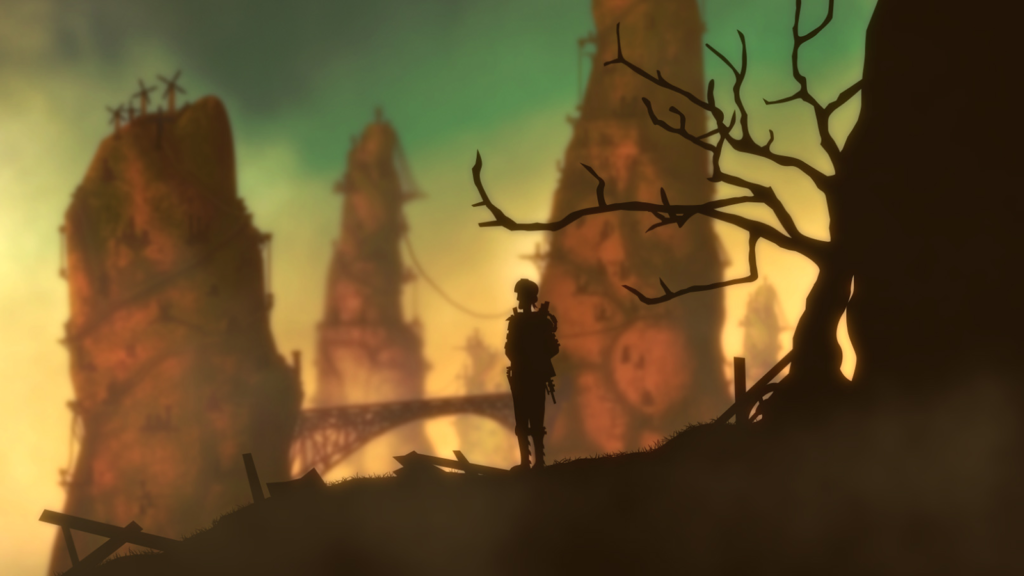
Jelena does do hand drawing, but we convert them to digital. Nevertheless, it’s really, really similar. And we were shocked, because people were like, “oh, cool! So you drew inspiration from this?” And it almost felt like lying if we said that we didn’t. To this day I’m always a little bit shy to say it’s not our inspiration because it looks like it is, but I’m fine with that. It’s a great film, and if we had seen it before, it definitely would’ve been our inspiration for Columnae.
S: So Columnae, the plot isn’t doled out like a typical book or video game, it’s done out of chronological order. ‘Cos I doubt it started out like that. It probably started out as going from 1-8, and then as you guys were developing, and then all of a sudden you thought “well, let’s just throw all the pieces around.”
J: Well, we were working on a story, and as I said, it started out as a much smaller story. It started as a mechanic in a steampunkish world that should end in a great apocalypse, so we’d have some chapters that would end with this great event. I’d like to not say more, to not spoil. Although, the story was much changed, because the next step we were imagining, “well what if this apocalypse were something that happened in the middle of the story?” You’d do some stuff to cause the apocalypse, and then you’d get to play in the world after the apocalypse, so that was the second step. And then we were like “well, what if we did it not in chronological order? Starting with playing in the apocalypse, then going one step back, then two steps forward, then three steps back.” Then the story is revealed. There are many examples in literature and notable things that have happened in the movie Memento. It’s played in reverse order because it’s telling the story of a person with amnesia. So it’s basically putting the player, or someone watching the film, in a position where they don’t know things that already happened in the universe. So that was interesting for us, but later, this story I’m talking about with the apocalypse in the game, it’s got some…it was not completely done.
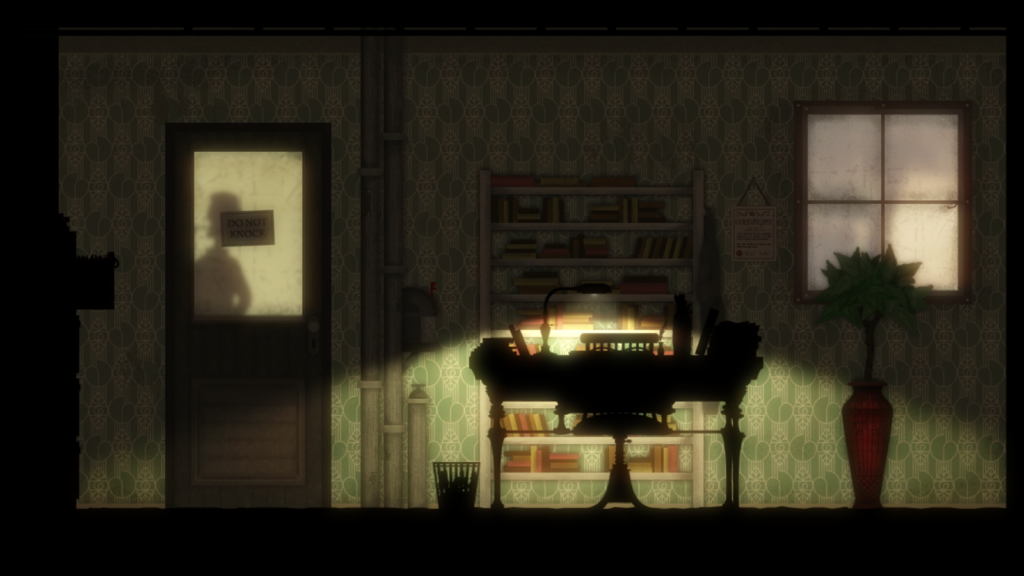
We kept that story, but it happened before Columnae rather than being played. So we kept the idea of playing the chapters in non-chronological order. And then, we realized, “but if you’re not playing chapters in non-chronological order, then you sort of have to have a linear game in not having decisions have some impact on the world.” So we were thinking about whether it was worth it, because we really liked having decisions influence the world. So the final step was implementing those two things. You’re always influencing the world, but you’re not playing the game in chronological order. You’re not playing the game in chronological order, so you have to influence and change the past. There are some examples of this in RPG’s, where you have some dialogue options where you can choose your background, but where you don’t get to play that background. We wanted to explore that bit a little more, so you’ll also be playing consequences of your future actions in the past. So what we are trying to do is make those chapters set in the past explain motivations of the character that the players made the character do.
So you can’t really do anything illogical. Unlike when you’re playing some RPG’s where you’re playing as a really good character, then decide to randomly do something completely out of character. In Columnae, we hope to make that impossible because your choices always will change your past,. So you’re almost slowly making your character, slowly advancing towards the future, and also building his past. So at the end, we hope that every gameplay, if you were to play it in chronological order, it’d be some logical experience.
S: So with the plot being in non-chronological order, one main issue would be being the player would be skipping around events at some points, it might break immersion somewhat. What are you guys doing to help this issue and keep players immersed?
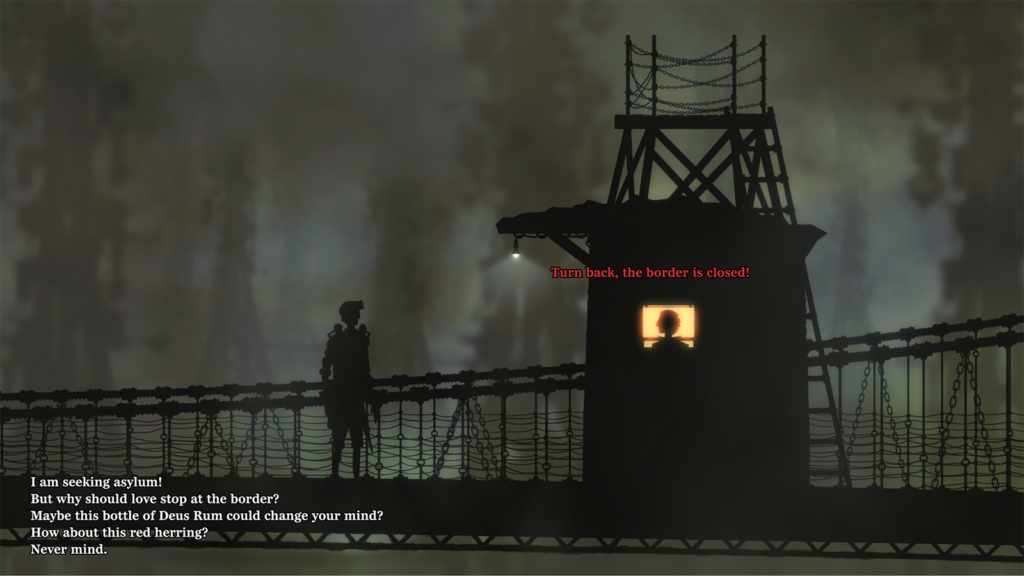
J: This is definitely something we’re thinking of. We actually got some feedback from one of our backers the other day who felt he experienced the issue of choosing things and not knowing or directly knowing what decisions will or won’t have dire consequences, and we get that. We think it could happen. It also sort of depends on what kind of player you are. Me, I have a lot of tabletop RPG background. I have been a Gamemaster for some years, and what I really enjoyed about our experience was the moment when you stop behaving like there’s this character that has to win or lose, and you become immersed in that character. Or even behaving as someone or something you feel. If I understood correctly, your question was more about jumping through time, how that will break immersion, right?
S: Yea, for example, let’s say you’re playing through period 4, and then you jump through to period 6. But in period 5, there’s something huge that happens. How do you work with the player essentially missing chunks of information like that?
J: We’re choosing to actively avoid revealing information that will be played. Because, as you said, if you’re playing chapter 2, which is near the end of our game. So all of the chapters you’ve played before, like chapter 4 or 6. You, as a player, will not be able to get information about what happened in chapter 2 from chapters 4 and 6. It was kinda tricky to make it into a story like that, because it could spoil information in some ways, or revealing false information that could be changed. But these problems are what drew us to coming up with this odd order of chapters. It’s not something random; it’s designed to make these problems minimal, keeping in mind our story., Another thing that’s helping is that some chapters are happening in completely different locations. For example, chapter 3 is played in Machina, and none of the other chapters are played in Machina. So those sorts of chapters are sort of self-contained.
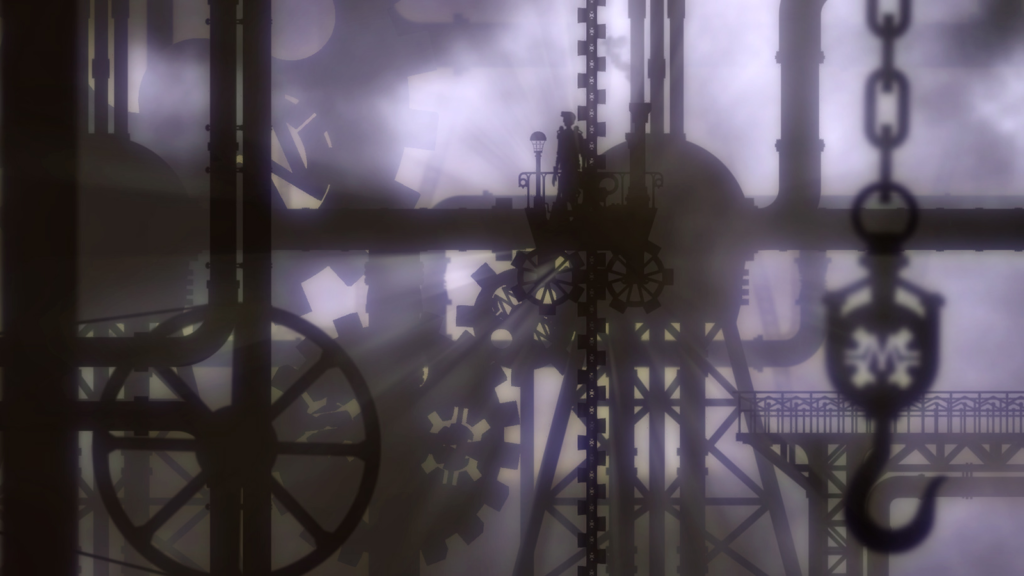
You won’t meet the same set of characters in those areas, so it was easier to handle those areas. It was difficult to handle areas where they were played in similar areas where players would meet characters multiple times. We have actually finished all of the stories, the writing of them, and all of the branching of the stories. We had to be confident that it could be done this way before going to Kickstarter so that we don’t have to think midway “oh, this is actually impossible to do.” So we hope we won’t have huge problems with this in view of our players, but I cannot really tell. If you can have full immersion in something is sort of a subjective thing, so there will most likely be people that feel as though it breaks immersion, although I hope it is small minority.
S: In the Kickstarter, when discussing the different choices the players will be making, it states that, “You will make “moral” decisions, choose between sides in conflicts etc. and this will open some opportunities, lock out the others, and sometimes drastically change the world and the story. In contrast to typical RPGs, these consequences will not be represented by numbers (e.g. good-evil scale or “standing” with factions) but will manifest as hand-crafted situations, long lasting sub-plots and meaningful relationships with NPCs.” Was there ever a point where you guys were developing a game with the good/evil scale or factions scaling, and what drew you away from using such a system?
J: Well there is this thing. When you are making a game, you can aim for a good story that you can write down, and the player can feel a little railroaded, because you are actually sort of forcing the players to make some choices. And I don’t want to do this. There is another way to do this, and this is an open-world game. This is great, because players feel like they can do anything. They don’t have to follow the “main objective;” he can just wander around and do what he likes. This is good but it can lead to situations that break immersion. You can do some irrelevant stuff, and your character can be sort of nonsensical if you want to make him like that. And story will usually not follow this tried pattern of having this buildup, conflict, resolution. That’s obviously not always the case, but if you look at films and books, you can find those elements in them, and I think they’re sort of universal traits. You want an emotional journey, and it has to have those ups and downs for breaks to feel exciting. I really feel that we are breaking these, and that you can have a great story and subvert these typical ways of doing it, but I think having a handcrafted story from start to finish will be a little more exciting than something that is randomly generated.
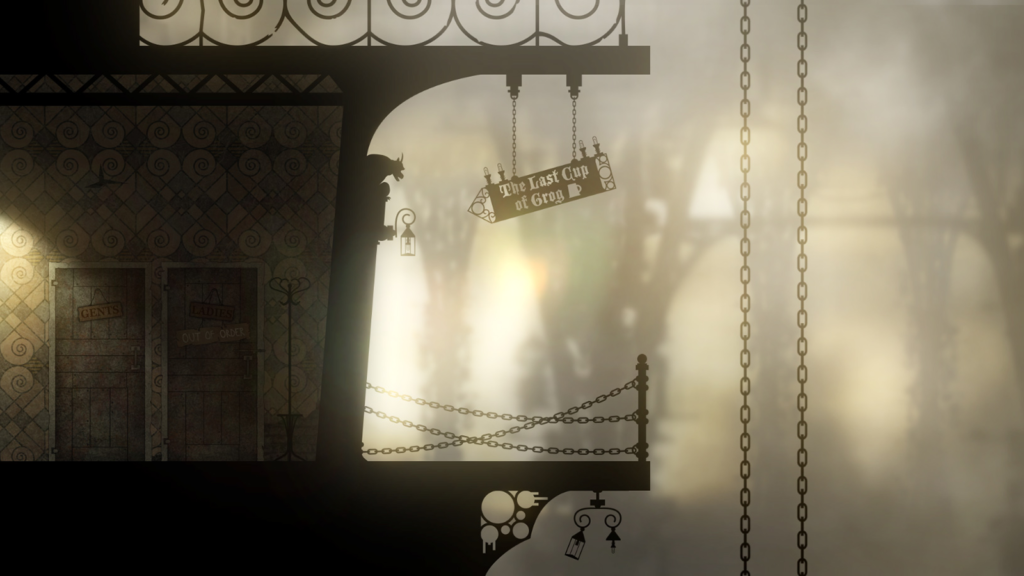
So what we wanted to do is something that combined those two things, and we didn’t want something players can calculate the “right chapter” or “right outcome” the player is in. That way, we would have to test all of the combinations to see if some of the story really doesn’t make sense, and that allows us to fix it. We’re going the other way around. We’re making stories that are interesting, and then we’re placing branches of influencing which stories you will follow in certain parts of the story. Some of them will be decided among many things that you have done, many options won’t have just one point where the decision is made. I went through all of the possible stories, and that wouldn’t be possible to do if we had this system of stats, because there would be too many possible combinations I would need to write. Also, there is this other thing about immersion. When you have visible stats, I feel like you’re sort of looking at your character like he’s some sort of avatar of the numbers. So that is the other reason.
S: Well, thank you for this insight into what Columnae will have to offer, and good luck with your Kickstarter.
J: Thank you, we hope it goes well too.


